
Is This the Footprint of One of the Last Neandertals?
The fossilized print, found in Gibraltar, is said to date to 28,000 years ago, which might mean it belonged to a Neandertal. But not everyone agrees with that interpretation
Kate Wong is an award-winning science writer and senior editor at Scientific American focused on evolution, ecology, anthropology, archaeology, paleontology and animal behavior. She is fascinated by human origins, which she has covered for more than 25 years. Recently she has become obsessed with birds. Her reporting has taken her to caves in France and Croatia that Neandertals once called home, to the shores of Kenya's Lake Turkana in search of the oldest stone tools in the world, to Madagascar on an expedition to unearth ancient mammals and dinosaurs, to the icy waters of Antarctica, where humpback whales feast on krill, and on a "Big Day" race around the state of Connecticut to find as many bird species as possible in 24 hours. Kate is co-author, with Donald Johanson, of Lucy's Legacy: The Quest for Human Origins. She holds a bachelor of science degree in biological anthropology and zoology from the University of Michigan. Follow Wong on X (formerly Twitter) @katewong

Is This the Footprint of One of the Last Neandertals?
The fossilized print, found in Gibraltar, is said to date to 28,000 years ago, which might mean it belonged to a Neandertal. But not everyone agrees with that interpretation
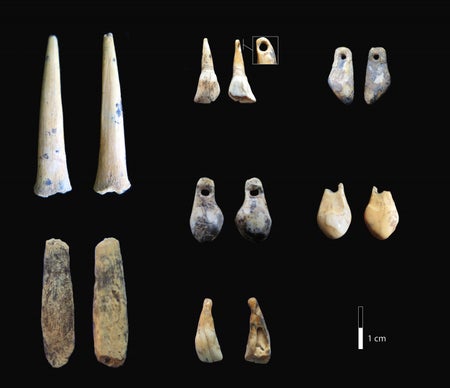
Cave That Housed Neandertals and Denisovans Challenges View of Cultural Evolution
Researchers have deduced which early human species occupied Denisova Cave and when, drawing surprising conclusions about who made the sophisticated artifacts found there
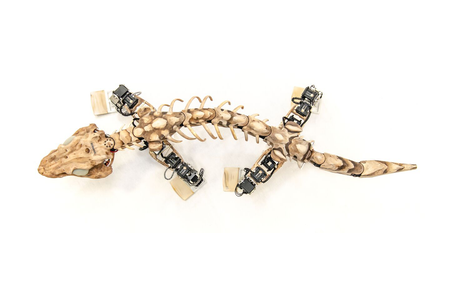
RoboFossil Reveals Locomotion of Beast from Deep Time
Modeling shows the 290-million-year-old Orobates had an advanced way of walking—revising an enduring view of how tetrapods colonized dry land

Fossil Pigments Reveal Dinosaur Origin of Bird Egg Colors
The hues and patterns of modern bird eggs trace back to their dinosaurian ancestors

Why Is Homo sapiens the Sole Surviving Member of the Human Family?
Recent fossil, archaeological and genetic discoveries are revising the rise of our species
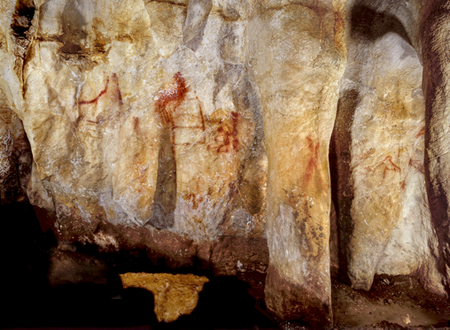
Ancient Cave Paintings Clinch the Case for Neandertal Symbolism
Abstract images in Spanish caves date back 65,000 years—millennia before Homo sapiens set foot in Europe—settling a long-running debate over Neandertal cognition
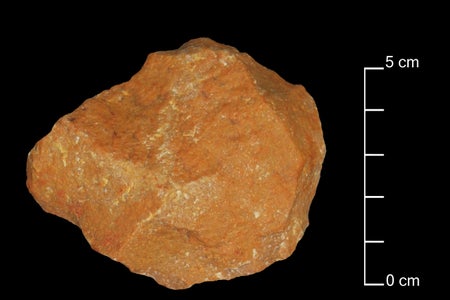
Stone Tools from India Fan Debate over Origins of Cultural Complexity
The tools could suggest that Homo sapiens reached South Asia far earlier than previously thought, but critics disagree
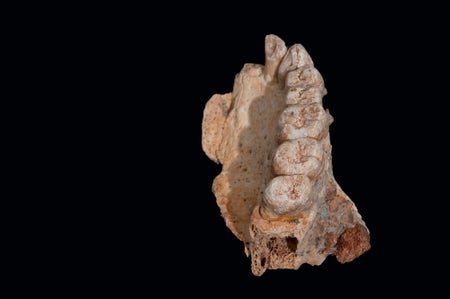
Controversial Fossil Hints Homo sapiens Blazed a Trail Out of Africa Earlier Than Thought
The jaw fragment suggests our species began traveling abroad 50,000 years earlier than previously thought
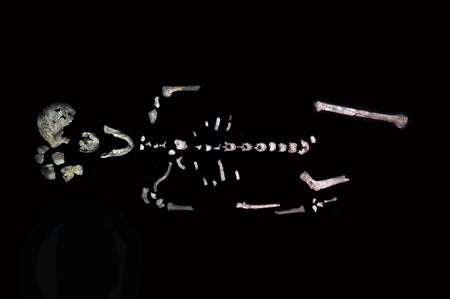
Meet Neo, a Spectacular New Fossil of Homo naledi
A remarkably complete skeleton and, at last, an age for mysterious Homo naledi
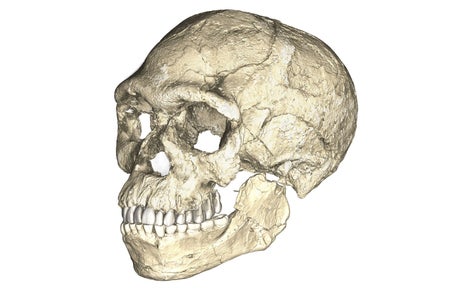
Ancient Fossils from Morocco Mess Up Modern Human Origins
Dated to more than 300,000 years ago, the finds raise key questions about the defining features of Homo sapiens and how our kind came to be
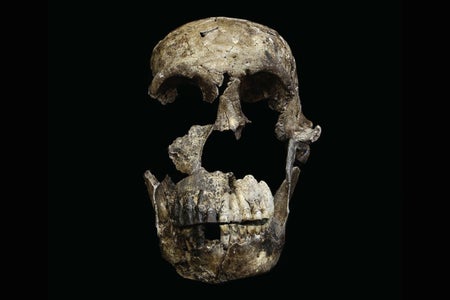
New Evidence of Mysterious Homo naledi Raises Questions about How Humans Evolved
The much-anticipated dating of the enigmatic species, along with stunning new fossils, challenge key assumptions about human evolution

Ancient Stone Tools Force Rethinking of Human Origins
Ancient stone tools from Kenya shatter the classic story of when and how humans became innovators
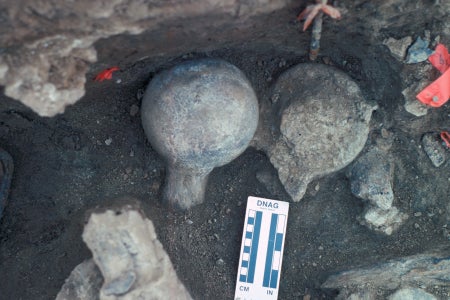
Ancient Bones Spark Fresh Debate over First Humans in the Americas
A study of remains found in southern California puts an unknown human species in the New World more than 100,000 years earlier than expected—but critics aren’t buying it

The Evolution of Human Metabolism
Our metabolic engine fueled the emergence of hallmark traits
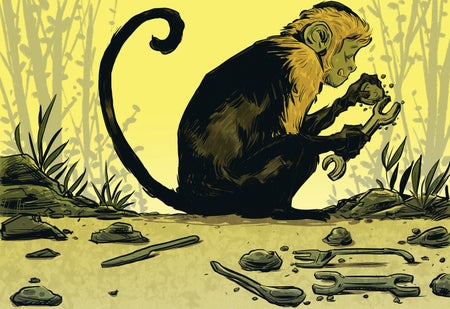
Monkeys Make Stone “Tools” That Bear a Striking Resemblance to Early Human Artifacts
The discovery could necessitate the reanalysis of enigmatic stones previously attributed to human origins
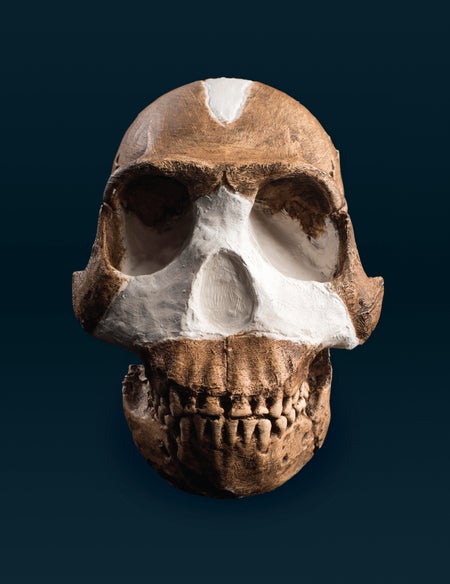
Controversy Swirls around Latest Addition to Human Family Tree
An astonishing trove of fossils has scientists, and the media, in a tizzy over our origins
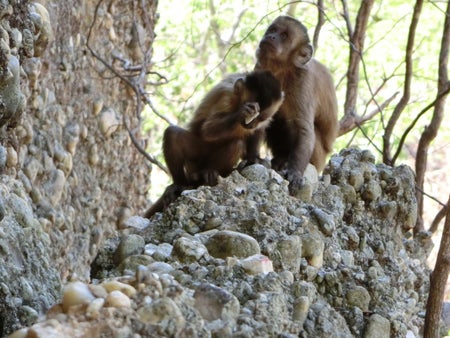
Wild Monkeys’ Stone “Tools” Force a Rethink of Human Uniqueness
The artifacts bear a striking resemblance to objects produced by our ancestors
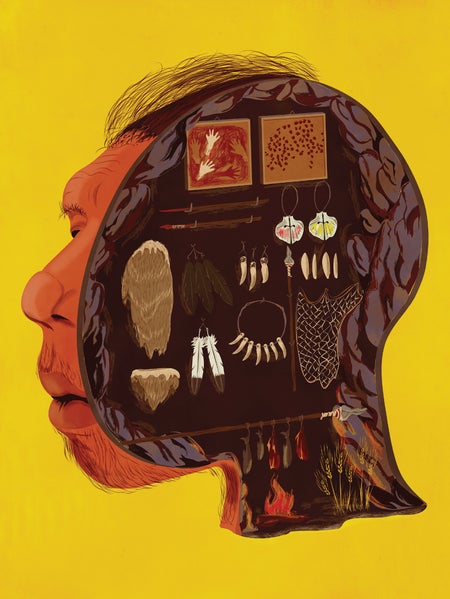
Reading Neandertal Minds
Analyses of anatomy, DNA and cultural remains have yielded tantalizing insights into the inner lives of our mysterious extinct cousins
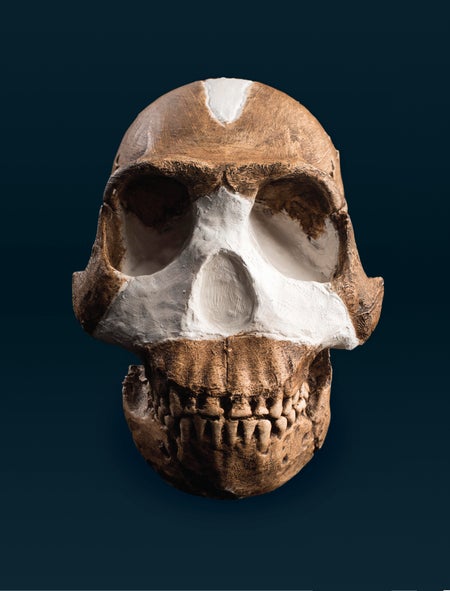
Controversy and Excitement Swirl around New Human Species
An astonishing trove of fossils has scientists, and the media, in a tizzy over our origins

The Story of Us: Humanity's 7-Million-Year Journey

Tiny Genetic Differences between Humans and Other Primates Pervade the Genome
Genome comparisons reveal the DNA that distinguishes Homo sapiens from its kin
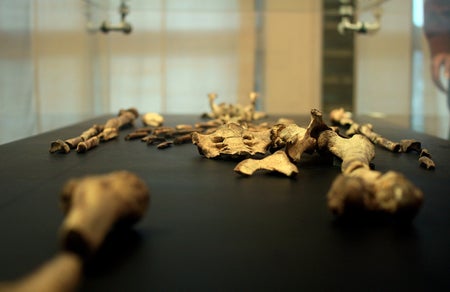
Fossil Sleuthing Hints at What Killed “Lucy,” Our Iconic Ancestor
CT images show fractures like those from a fall, but the original finder of her remains isn’t convinced
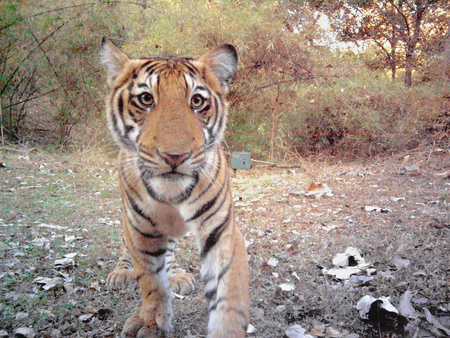
Camera Trap Photographs Capture India's Wild Tigers
The images are helping conservationists estimate population sizes of the secretive cats
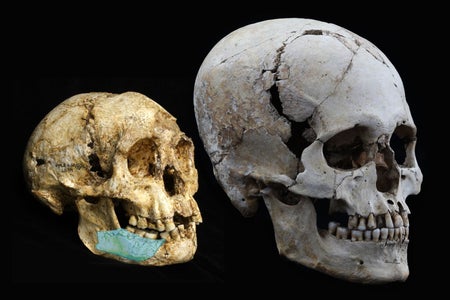
Fossils Hint at Long-Sought Ancestor of Weirdest Human Species
700,000-year-old remains from Indonesia could elucidate the murky origins of the “hobbits” in our family tree